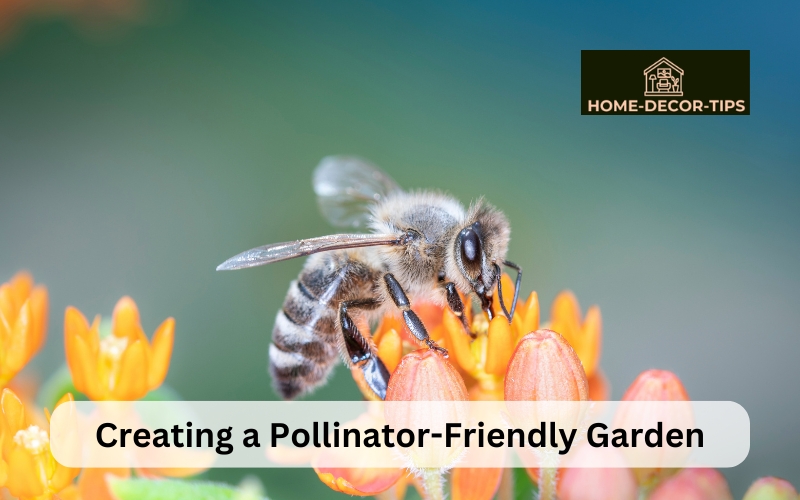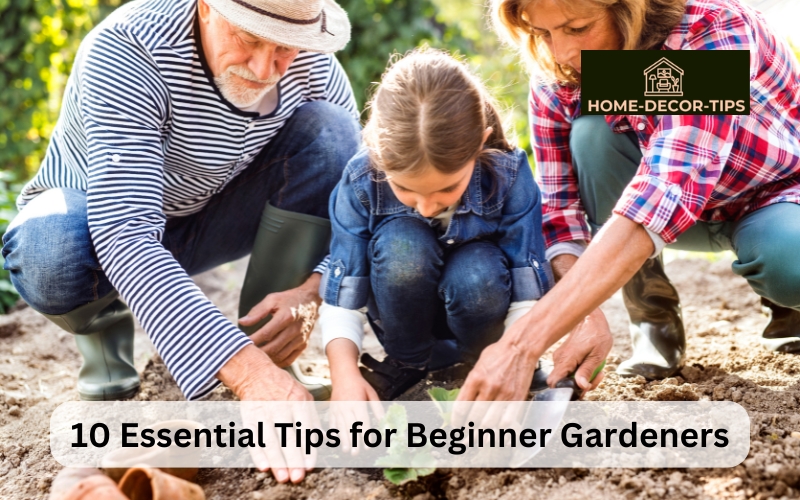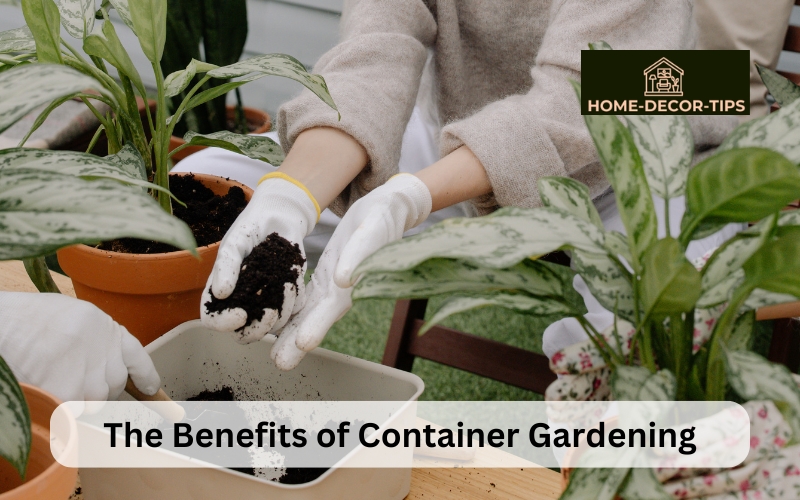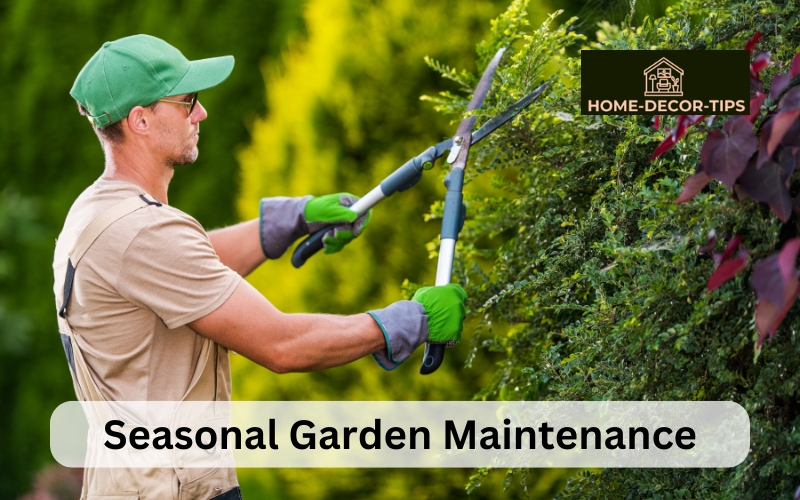Creating a Pollinator-Friendly Garden: Plants and Practices to Attract Bees, Butterflies, and Other Pollinators

Pollinators play a crucial role in the health of our ecosystems and the success of our gardens. By creating a pollinator-friendly garden, you can support these essential creatures while beautifying your outdoor space. Here are some plants and practices to attract bees, butterflies, and other pollinators to your garden:
Choose Native Plants:
Native plants are well-adapted to the local climate and soil conditions, making them attractive to native pollinators. Research native plant species in your region and incorporate them into your garden design. Native wildflowers, shrubs, and trees provide essential nectar and pollen sources for bees, butterflies, and other pollinators throughout the growing season.
Plant a Variety of Flowers:
Create a diverse range of flowering plants to attract a wide variety of pollinators. Choose plants with different colors, shapes, and bloom times to provide continuous food sources for pollinators from spring to fall. Include flowers with flat, open blooms for butterflies and moths, as well as tubular flowers for hummingbirds and long-tongued bees.
Include Host Plants:
Host plants are essential for the life cycle of butterflies and moths, providing food and shelter for their larvae (caterpillars). Research the host plants for common butterfly species in your area and include them in your garden. For example, milkweed is the host plant for monarch butterflies, while parsley and dill attract swallowtail butterflies.
Provide Water Sources:
Pollinators need access to clean water for drinking and bathing. Create shallow water sources such as birdbaths, shallow dishes, or small ponds in your garden to attract pollinators. Add rocks or floating vegetation to provide landing spots and prevent drowning. Keep water sources clean and replenished regularly to ensure they remain attractive to pollinators.
Avoid Pesticides:
Pesticides, including insecticides and herbicides, can harm pollinators and other beneficial insects. Instead of using chemical pesticides, practice integrated pest management (IPM) techniques to manage pests naturally. Encourage natural predators like ladybugs, lacewings, and parasitic wasps to control pest populations. Use organic pest control methods such as hand-picking pests, applying neem oil or insecticidal soap, and using physical barriers like row covers.
Create Habitat:
Provide shelter and nesting sites for pollinators by incorporating diverse habitats into your garden. Leave areas of bare soil for ground-nesting bees and provide nesting materials like hollow stems, twigs, and leaf litter. Install bee hotels or nesting boxes for solitary bees and cavity-nesting bees. Create brush piles or rock piles for butterflies, moths, and other insects to roost and overwinter.
Plant for Continuous Bloom:
Plan your garden to ensure there are flowers blooming throughout the growing season. Choose a mix of early, mid-season, and late-blooming plants to provide a continuous supply of nectar and pollen for pollinators. Include early spring bloomers like crocus, daffodils, and wildflowers, as well as late-season flowers like asters, sedums, and goldenrod.
Provide Sunny Spots:
Most pollinators, including bees and butterflies, prefer sunny locations with shelter from strong winds. Plant your pollinator-friendly garden in a sunny spot with southern or southeastern exposure. Use windbreaks like fences, hedges, or tall plants to protect delicate flowers and provide a microclimate for pollinators.
Practice Sustainable Gardening:
Embrace sustainable gardening practices to create a healthy and resilient ecosystem in your garden. Use organic fertilizers and soil amendments to improve soil health and fertility. Practice water conservation techniques such as mulching, drip irrigation, and rainwater harvesting to minimize water usage and protect water quality. Reduce lawn area and replace it with pollinator-friendly plants to provide habitat and food sources for pollinators.
Educate and Advocate:
Spread awareness about the importance of pollinators and the threats they face, such as habitat loss, pesticides, and climate change. Educate yourself and others about pollinator-friendly gardening practices and encourage your community to create pollinator habitats in parks, schools, and public spaces. Support local conservation efforts and advocate for policies that protect pollinators and their habitats.
By incorporating these plants and practices into your garden, you can create a vibrant and welcoming habitat for bees, butterflies, and other pollinators. Not only will you enjoy the beauty and diversity of pollinators in your garden, but you’ll also contribute to the conservation of these essential creatures and the ecosystems they support.







